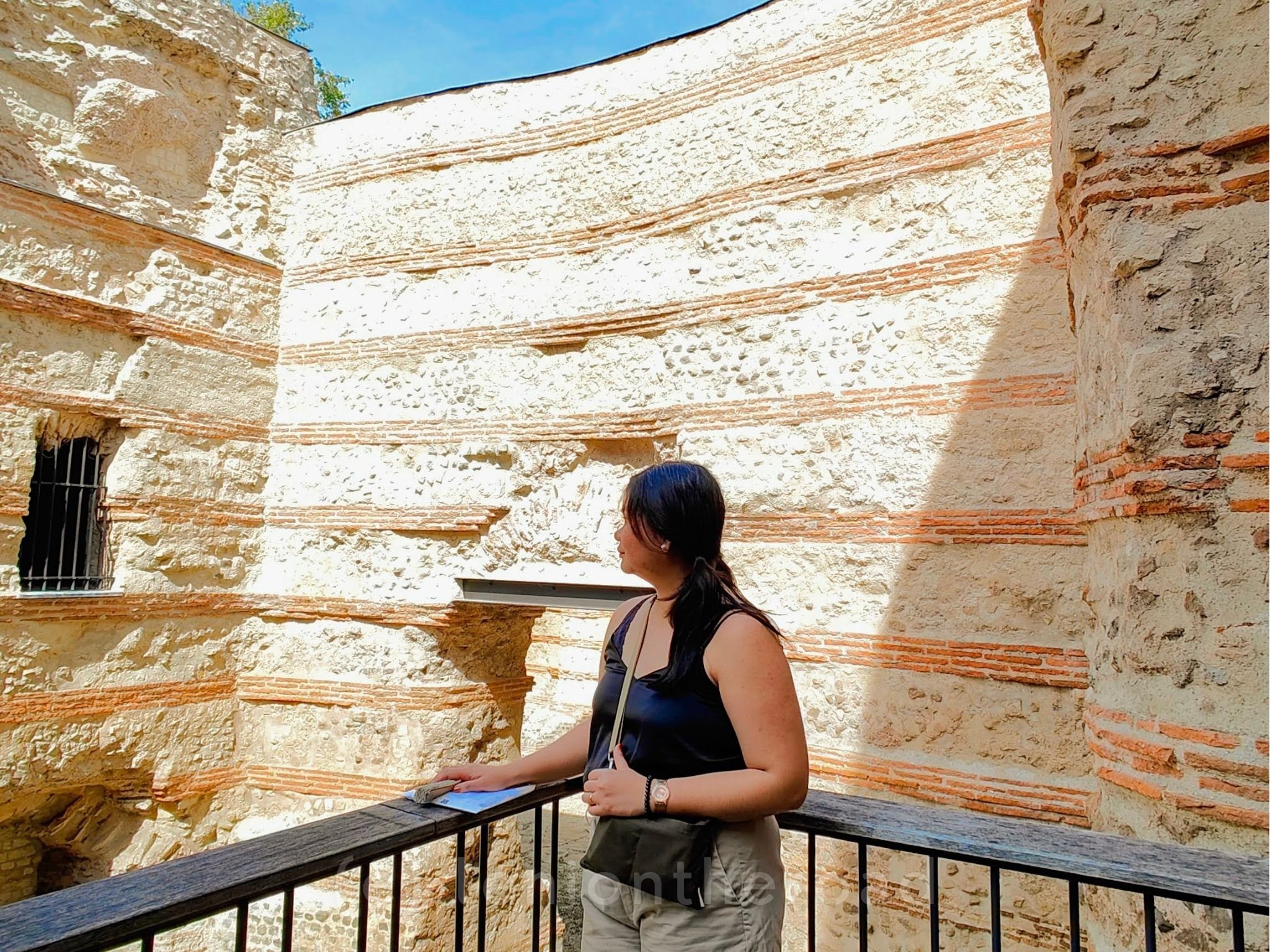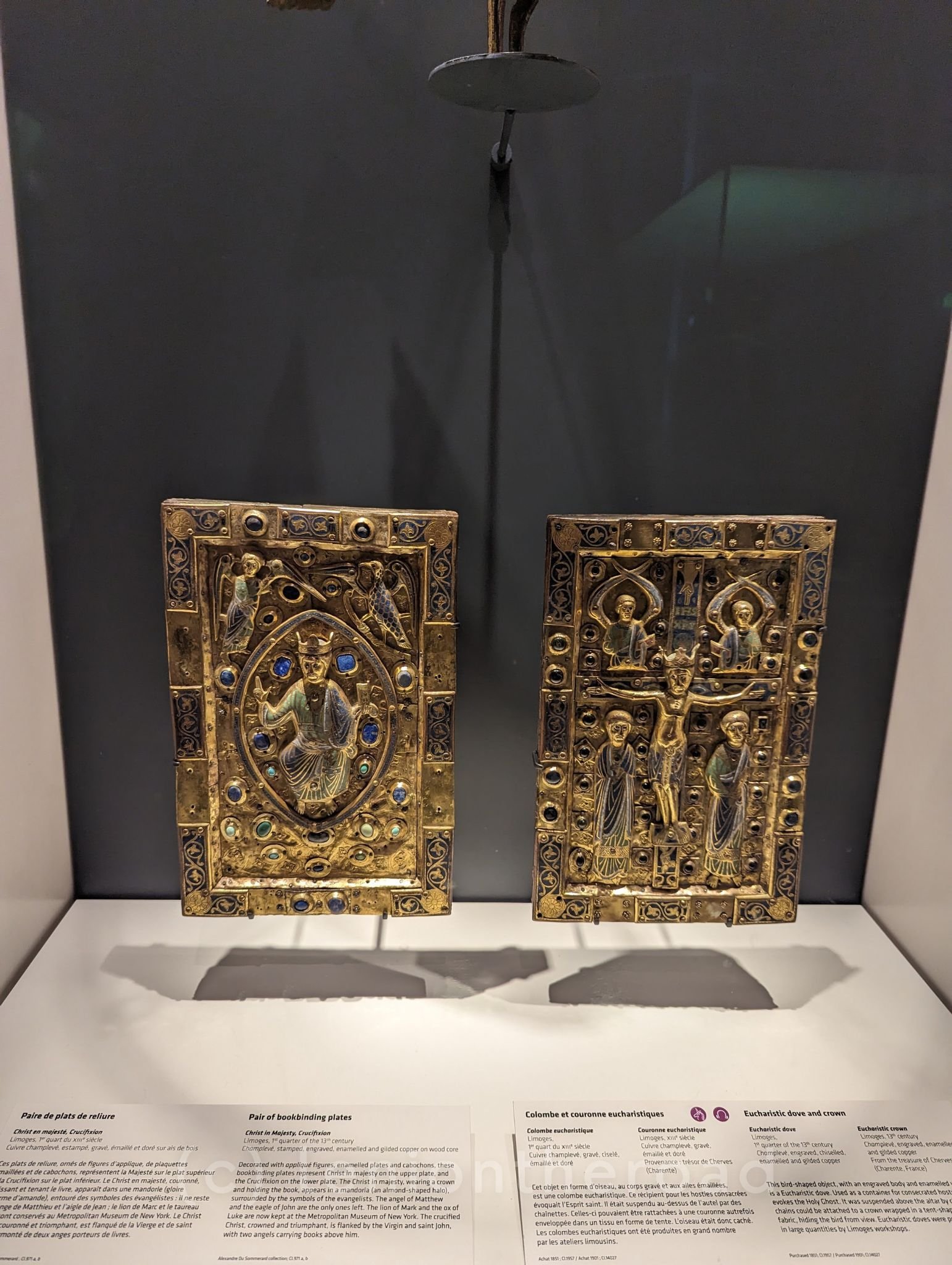When in Paris: Medieval Marvels of the Cluny Museum
As someone who has called Paris home for three years now, I've made it my mission to unearth the hidden treasures and lesser-known gems that this enchanting city has to offer. Under the series entitled "When in Paris," I've been documenting my journey of exploration, and recently, I had the pleasure of venturing into the intriguing world of the Cluny Museum
My journey to the Cluny Museum was motivated by a desire to deepen my understanding of the city's history and heritage. Having recently immersed myself in "A Brief History of Paris" by Cecil Jenkins, I felt a newfound appreciation for the character of the city I now call home. Little did I know that the Cluny Museum would provide me with a unique opportunity to step back in time and explore the enigmatic era of medieval Paris.
Located in the heart of the Latin Quarter, the Cluny Museum, or the Musée de Cluny - Musée national du Moyen Âge, is a hidden gem waiting to be discovered. It offers a captivating journey through the Middle Ages, making it an essential stop on any history enthusiast's itinerary.
Here are some of the captivating details that make the Cluny Museum a destination worth considering:
The Lady and the Unicorn Tapestries: Stepping into the Cluny Museum is like entering a time capsule of the Middle Ages, and at the heart of this journey are the legendary "The Lady and the Unicorn" tapestries. These six masterpieces, each representing one of the five senses (plus a mysterious sixth sense), are celebrated as some of the finest examples of medieval tapestry art. The intricate details and hidden symbolism woven into these tapestries will leave you in awe.
Medieval Sculptures and Decorative Arts: The museum's extensive collection of medieval sculptures and decorative arts showcases the exceptional craftsmanship of the era. From religious sculptures that once adorned grand cathedrals to ornate artifacts that hint at the daily lives of medieval Parisians, each piece offers a glimpse into a bygone world.
Medieval Gardens: The Cluny Museum's medieval gardens provide a quick escape from the bustling city streets. Designed to recreate the ambiance of medieval gardens, these green spaces offer a tranquil oasis for contemplation.
Roman Baths and Ruins: Delve even deeper into history by exploring the ancient Roman baths and ruins located beneath the museum. It’s right at the entrance or just before you exit the gift shop so don’t miss it! These remarkably well-preserved remnants of an earlier era provide a captivating contrast to the medieval treasures above ground.
However, I must confess that my personal grasp of medieval history proved somewhat challenging during my visit. While I found the artifacts and artwork intriguing, fully appreciating the intricacies of medieval symbolism and the historical context was a task beyond my capabilities. For visitors like me, who may not possess an innate passion for medieval history, I recommend enjoying the Cluny Museum for its stunning ruins, serene gardens, and architectural beauty when it opens its doors for free. If you happen to be in Paris on the first Sunday of the month, take advantage of the free admission to explore this captivating window into the city's medieval past. That’s what I did to satisfy my curiosity without having to pay for entrance.
That said, for those who are passionate about the medieval period, the Cluny Museum is an absolute must-visit. The depth of historical knowledge and the immersive experience it provides are unparalleled and would be worth your penny.





Tucked away in the 8th arrondissement, the Chapelle Expiatoire sits quietly at 29 Rue Pasquier, inside the Louis XVI Square. Constructed by Louis XVIII, on the site where King Louis XVI and Queen Marie Antoinette were initially buried after their gruesome executions during the French Revolution, the chapel serves as a reminder of the tumultuous events that unfolded in the late 18th century.